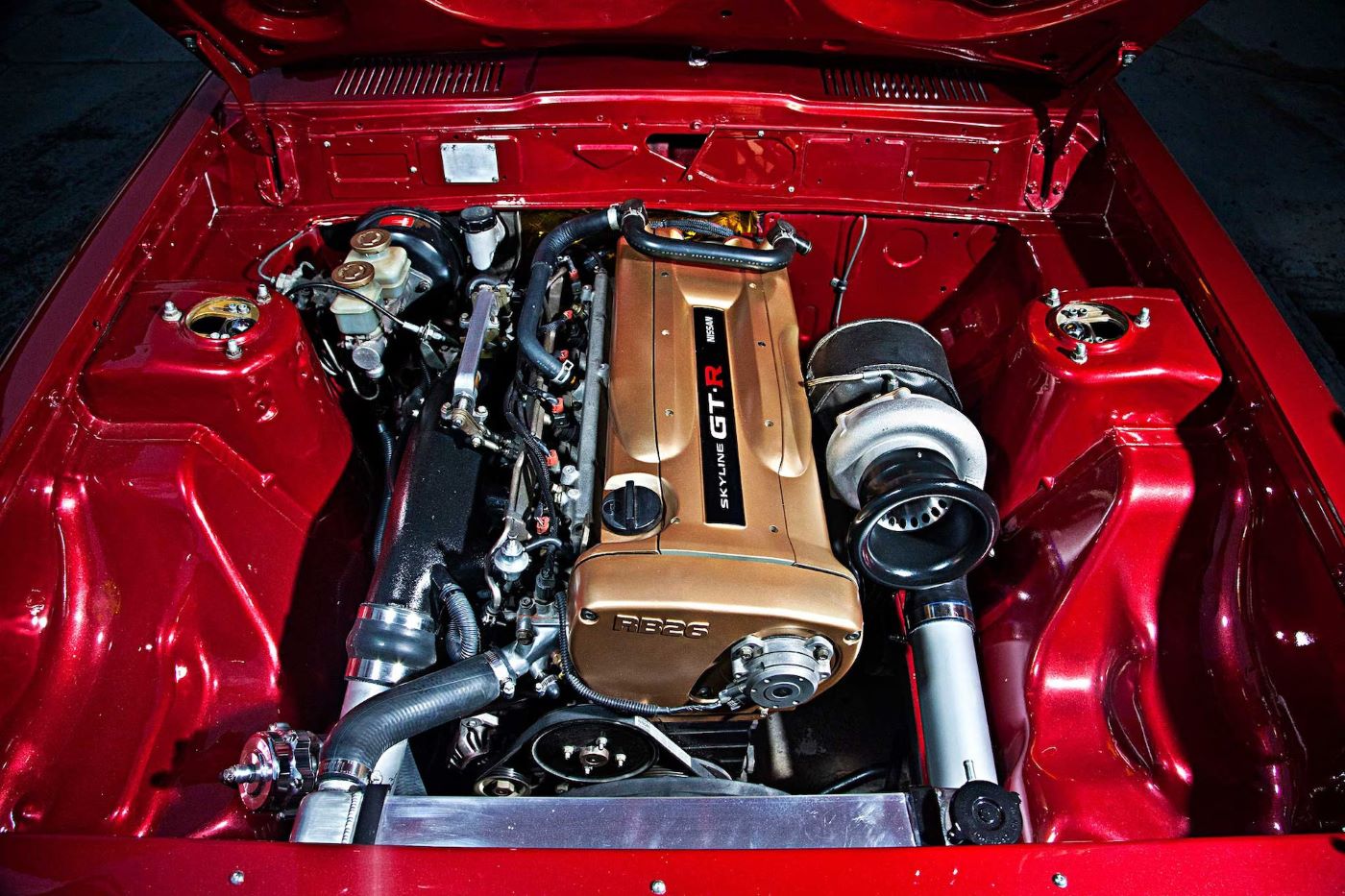It would certainly be a breakthrough if we could discover a new type of fuel for our cars something that delivers excellent mileage without costing a fortune.
Imagine being able to use a widely available and commonly discarded substance as a power source. Even better, what if this substance were something people typically throw away?
Getting free fuel would be ideal and surprisingly, that’s exactly what some individuals are managing to do by fueling their cars with vegetable oil.
Restaurants generally discard used cooking oil once it’s no longer usable, so some savvy drivers have arranged to regularly collect batches of this used oil from local restaurants.
But there’s a caveat: you can’t simply pour vegetable oil into your car’s fuel tank and hit the road. Doing so would seriously damage your engine.
However, with some mechanical adjustments, it can be made to work. Before we dive into how to turn last night’s fryer oil into automotive fuel, it’s important to distinguish between vegetable oil used directly as fuel and biodiesel.
Biodiesel is a fuel made from vegetable sources, often soy, and is refined in special facilities that comply with pollution-control standards and fuel regulations.
Many diesel-powered vehicles can use biodiesel or a blend of biodiesel and standard diesel fuel with minimal changes [source: National Biodiesel Board].
On the other hand, using straight vegetable oil as fuel is a different process entirely. In this case, you’re using the same kind of vegetable oil found in grocery stores or better yet, collecting it for free from restaurants.
This approach falls under the category of do-it-yourself fuel alternatives. It skips the refining stage and does not adhere to environmental testing or government regulations.
In fact, using vegetable oil in this way could be illegal in certain states. State and federal authorities in the U.S. may require drivers of converted vehicles to obtain special licenses and pay fuel taxes.
Additionally, vegetable oil isn’t considered a practical or sustainable long-term fuel option.What does it take to run a car on vegetable oil? First, the vehicle must have a diesel engine.
Standard gasoline engines use spark ignition, which struggles to ignite vegetable oil. Gas engines also have fuel systems and sensors that aren’t designed to handle such a heavy, nonstandard fuel.
If you have a diesel engine, you could technically use vegetable oil without making any changes. However, the oil’s high viscosity poses a major problem.
It’s too thick, which makes it difficult for the engine to atomize the fuel correctly when it’s injected into the combustion chamber. This often leads to incomplete combustion and engine clogging.
There are a few ways to address this issue. One approach is to blend the vegetable oil with traditional fuels like petroleum diesel. This can help reduce clogging, although it doesn’t eliminate the problem entirely.

A more effective method involves installing a two-tank system. One tank holds petroleum diesel and is used to start and shut off the engine.
This helps warm up the engine initially and clears out the vegetable oil before shutdown. The second tank holds the vegetable oil, which must be heated so it can flow properly and combust more efficiently.
In fact, vegetable oil can be solid at room temperature, so preheating is essential. Still, even this isn’t a complete solution.
To reliably use vegetable oil as fuel, more extensive engine modifications are necessary. This includes fitting specialized fuel injector nozzles and adding advanced filtration systems to ensure that only clean oil enters the combustion chamber.
Used oil from restaurants must be thoroughly filtered to remove food particles and contaminants that could block fuel lines. Any fine, durable fabric can serve as an effective filter.
Upgrading glow plugs the components that ignite fuel in cold conditions can also enhance performance, especially when they’re specifically designed for vegetable oil use.
Further heating improvements can be achieved by routing engine coolant lines alongside fuel lines. The heat from the coolant reduces the oil’s viscosity, allowing for better fuel flow.
There are kits available from several companies that include all the necessary components for such a conversion. These kits can range in price from a few hundred dollars to nearly $3,000, not including labor.
The ANC Elsbett Company manufactures engines built to run on vegetable oil and also offers conversion services.
We’ve established that it’s possible to run a diesel engine on vegetable oil. But is it financially practical? Unfortunately, it probably isn’t.
The initial cost of converting a vehicle is high, and it’s difficult to recover that cost through fuel savings. On top of that, buying vegetable oil often costs about the same as diesel.
Depending on where you live, and if you have access to bulk purchases from restaurant supply outlets, vegetable oil might be slightly cheaper but it typically doesn’t offer significant savings compared to petroleum-based fuels.
And what about getting used vegetable oil for free from restaurants? That sounds like a great way to cut fuel costs. And it is at least for now.
Only a small number of hobbyists currently use vegetable oil as fuel, mostly as a side project or for fun, modifying engines and tweaking fuel ratios.
However, the volume of used cooking oil discarded by restaurants is minimal when compared to the staggering number of fuel barrels consumed daily in the U.S.
It’s simply not feasible for used vegetable oil to become a mainstream fuel source and even less likely it will remain free if demand ever increases.So, while using vegetable oil might not save you money, there could be other motivations to consider.
Although there are no comprehensive statistics on vegetable oil fuel economy, Consumer Reports has tested vehicles running on biodiesel and found they produced slightly fewer emissions compared to those running on regular diesel. However, these vehicles also achieved slightly lower fuel efficiency.
Given the modest benefits, converting all vehicles to run on vegetable oil doesn’t seem like such a great bargain after all.

